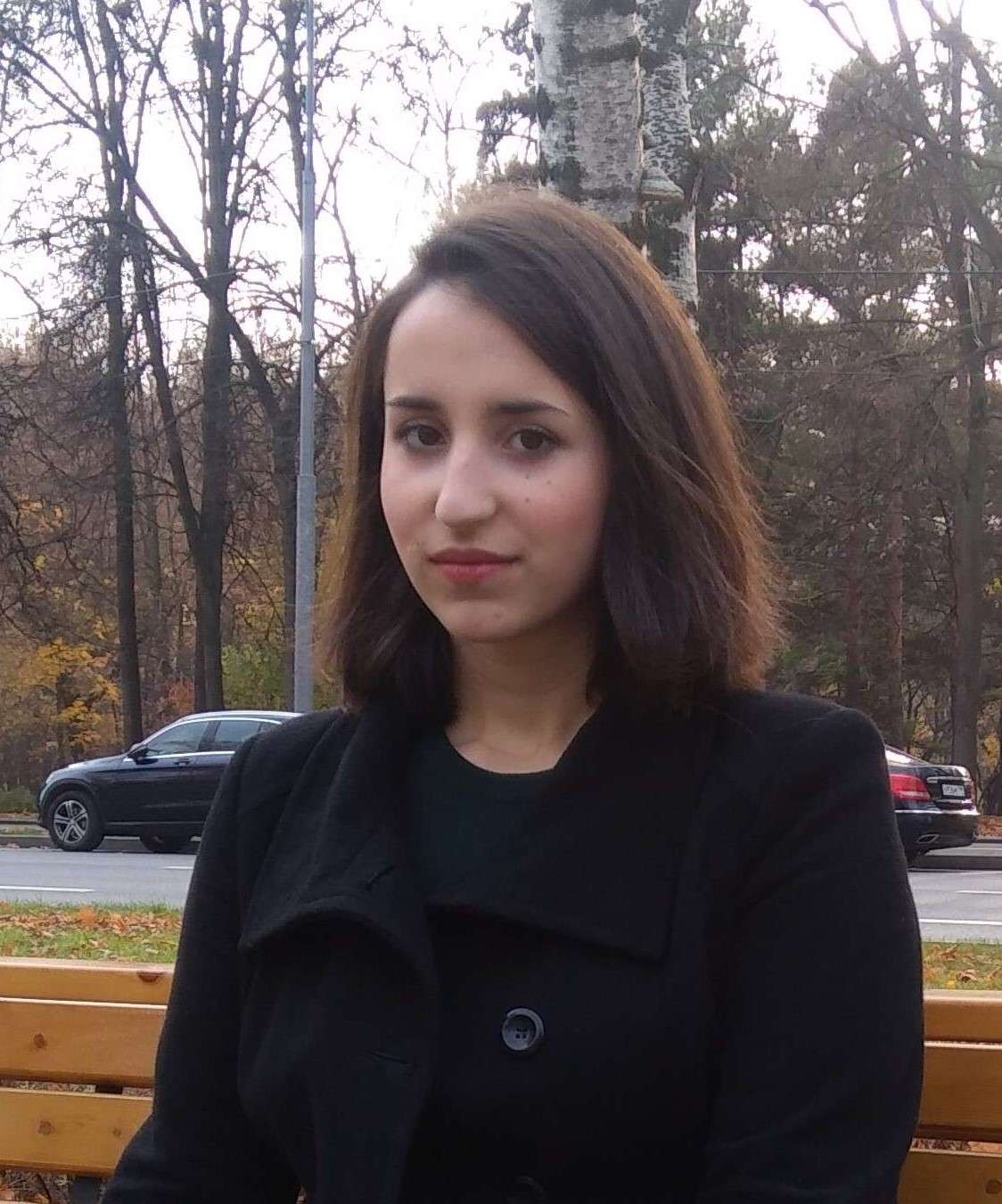Many observables in hard processes at the energy range of Large Hadron Collider can't be described even in next-to-leading order (NLO) or next-to-next-to-leading order (NNLO) in strong coupling constant of Collinear Parton Model (CPM). At first, it is observed in multi-scale hard processes, such as high-pt dijet production, diphoton and photon+jets production, double J/psi and DDbar (BBbar) meson production, etc. To describe many-particle correlations in such processes it is needed to take into account contributions in all orders in strong coupling constant at leading-logarithmic approximation (LLA) in some large scale ratio. At high energies we deal with so-called multi-Regge kinematics (MRK). In MRK limit cross section of hard process is factorized as convolution of hard off-mass-shell coefficient and kt-depended Parton Distribution Function (PDF), F(x,kt) , which evaluates by Balitsky-Fadin-Kuraev-Lipatov (BFKL) equation. However, even at LHC energies, we are far from asymptotically small x, and relevant approach is High-Energy Factorization (HEF) which is based on convolution of off-mass shell hard cross section and unintegrated PDF (uPDF), F(x,kt,mu). We are working in Parton Reggeization Approach (PRA) of HEF, which incorporates hard scattering Reggeized amplitudes of Lipatov’s Effective Field Theory of Reggeized gluons and quarks and uPDFs obtained from collinear ones using Kimber-Martin-Ryskin-Watt (KMRW) model. Recently, we have suggested new modified KMRW model and the libraries of uPDFs for partons in proton and pion have been generated. PRA smoothly interpolate between BFKL and CPM (or DGLAP) regions. To generate Reggeized amplitudes at tree-level from 2-1 to 2-4 subprocesses with initial Reggeized gluons and quarks, we use original model-file ReggeQCD for FeynArts package in Mathematica. Alternative way to do calculation of cross sections in leading-order (LO) in PRA is to use Monte-Carlo generator KaTie.
Tasks
1. To learn the collinear parton model for calculation of hard processes.
2. To get experience in calculations with FeynArts and FeynCalc.
3. To learn Lipatov’s Effective theory and Parton Reggeization Approach.
4. To get experience in calculations with ReggeQCD.
5. To get experience in calculations with MC KaTie.
6. To obtain new results for the multi-scale process at LHC.
Preliminary schedule by topics/tasks
1st week: Hard processes in collinear parton model.
2nd week: Calculations with FeynArts and FeynCalc.
3rd week: MRK processes and HEF. Parton Reggeization Approach
4th week: Calculations with ReggeQCD.
5th week: Calculations with MC KaTie.
6th week: Solving of original task.
Required skills
1. A basic knowledge in particle physics.
2. Knowing quantum field theory (medium level).
3. A basic knowledge on collinear parton model.
4. Computer skills: Mathematica, Fortran, Linux.
Acquired skills and experience
Students will become familiar with new computing skills: FeynCalc, ReggeQCD, KaTie. They will get experience in calculations in HEF, exactly speaking in LO PRA. A scientific publication is possible upon sufficient new results will be achieved.
Recommended literature
1. B.L. Ioffe, V.S. Fadin and L.N. Lipatov, Quantum chromodynamics: Perturbative and nonperturbative aspects, Camb. Monogr. Part. Phys. Nucl. Phys. Cosmol., 30 (2010) doi:10.1017/CBO9780511711817
2. F. Halzen and A.D. Martin, QUARKS AND LEPTONS: AN INTRODUCTORY COURSE IN MODERN PARTICLE PHYSICS.
3. A.V. Karpishkov, M.A. Nefedov and V.A. Saleev, BB angular correlations at the LHC in parton Reggeization approach merged with higher-order matrix elements, Phys. Rev. D96 (2017) no.9, 096019, doi:10.1103/PhysRevD.96.096019
4. A. van Hameren, KaTie : For parton-level event generation with $k_T$-dependent initial states, Comput. Phys. Commun. 224 (2018), 371-380. doi:10.1016/j.cpc.2017.11.005
5. R. Mertig, M. Bohm and A. Denner, FEYN CALC: Computer algebraic calculation of Feynman amplitudes, Comput. Phys. Commun. 64 (1991), 345-359, doi:10.1016/0010-4655(91)90130-D
6. V. Shtabovenko, R. Mertig and F. Orellana, FeynCalc 9.3: New features and improvements, Comput. Phys. Commun. 256 (2020), 107478, doi:10.1016/j.cpc.2020.107478



